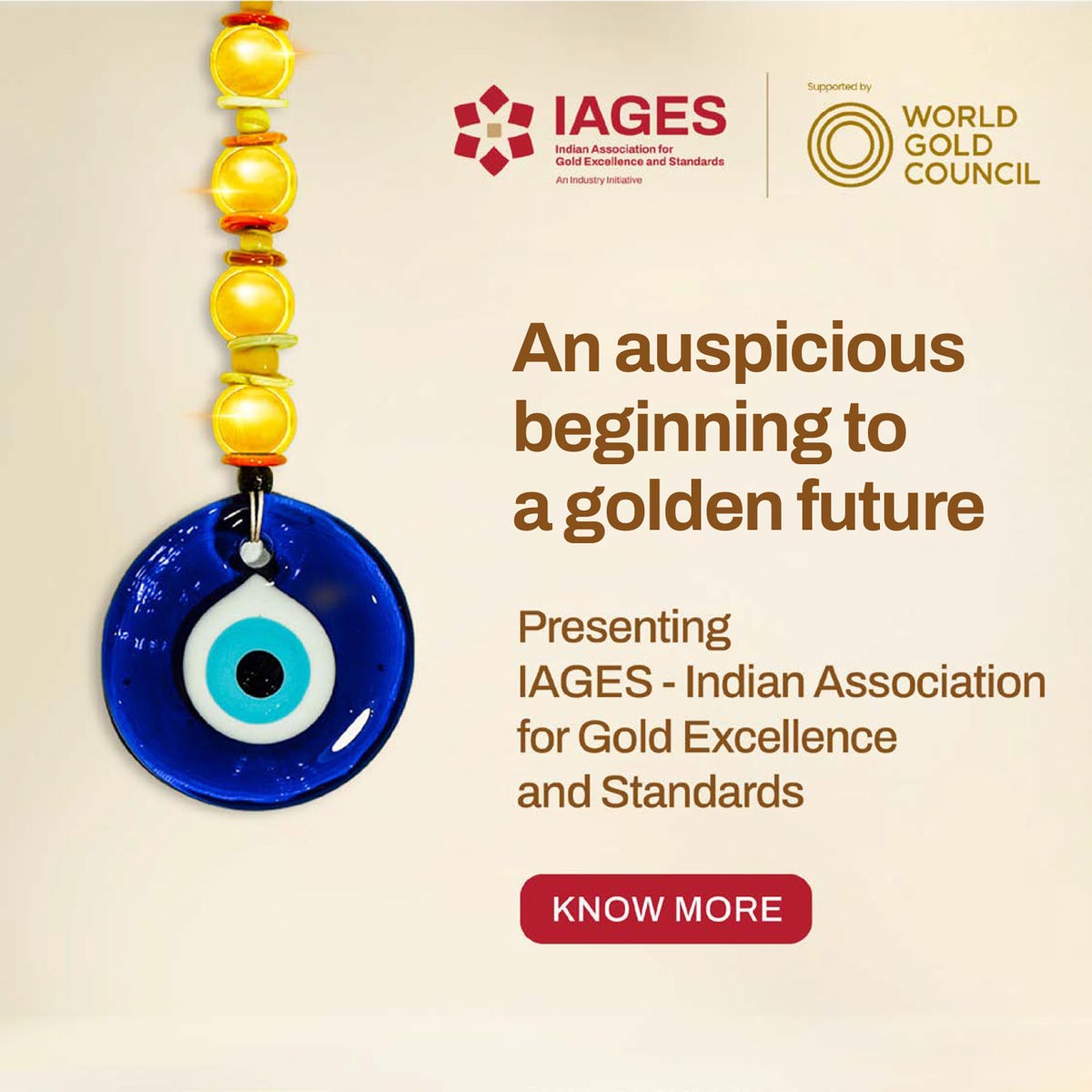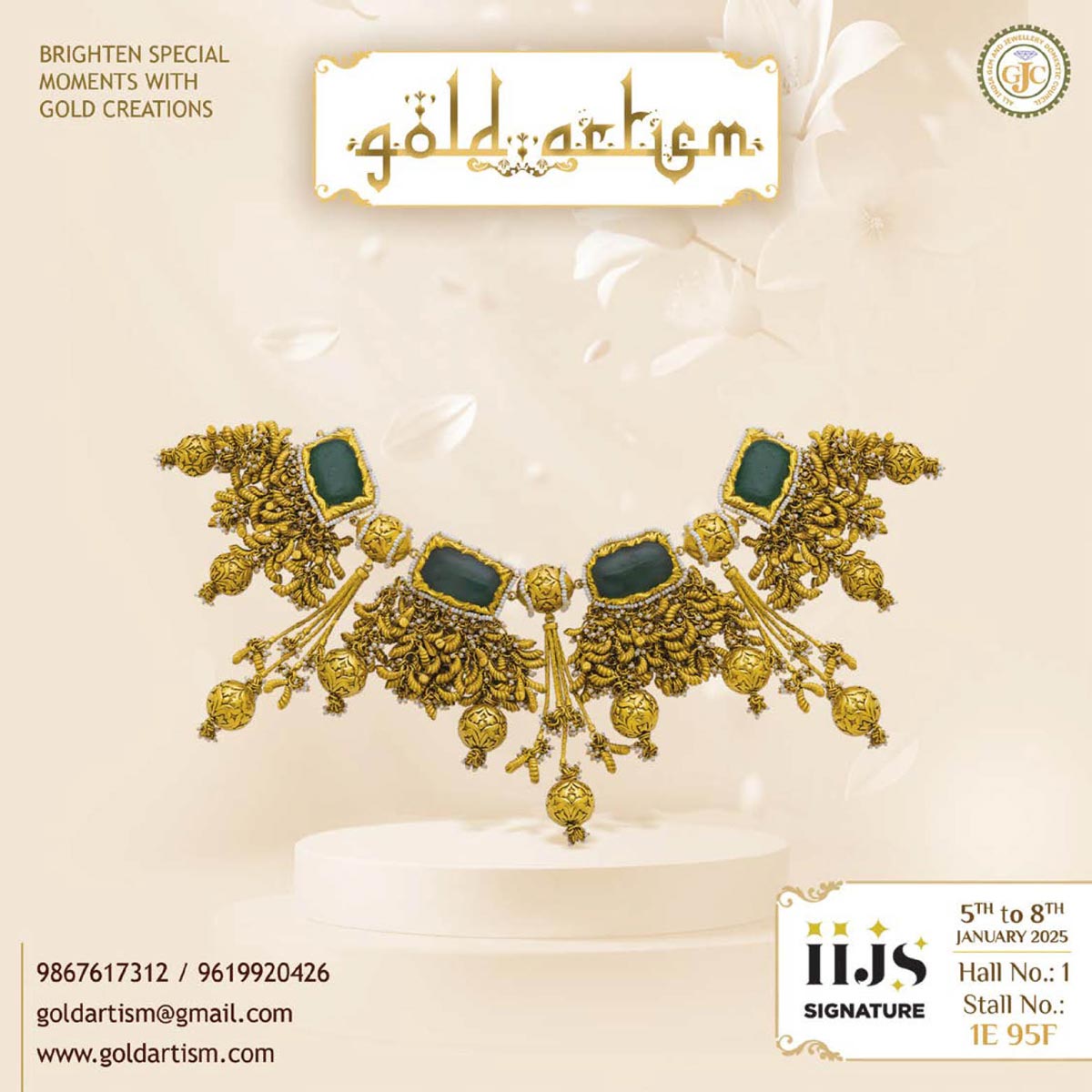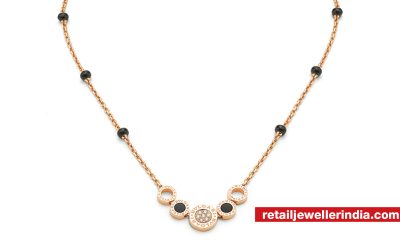RJ Market Watch
Forevermark foresees 2019 jewellery trends

[vc_row][vc_column][vc_column_text]
Can one pre-empt how beautiful one can look the next year? Is it possible to forecast the designs that will adorn Indians a year from now? Yes, says Forevermark, as they presented their highly engaging design trends 2019 before the supply chain in Mumbai.
In his opening speech, Sachin Jain, India President of Forevermark highlighted the mining giant’s business growth and achievements in ingraining transparency and trust among their retail partners in 2018. “We have conceptualised a distinct bouquet for every retail partner. It’s our role to be a trendsetter and we want to expose our retailers to the disruptions in technology worldwide, so that they can bring in that heightened experience to customers,” Jain said.
The first quarter of 2018 has seen unprecedented business for Forevermark , said Jain, adding that about 20,000 pieces of half-carat diamonds have been sold during their ‘Future is Now’ campaign. Addressing the millennial’s confusion about polki jewellery as a serious concern, Jain announced a class on polki diamonds at its upcoming forum to solve the questions and spread awareness about the luxury diamond jewellery category.
Highlighting the need for choosing the right vocabulary for any promotional campaign, Jain spoke about the highly anticipated two-day retail session in Shanghai where he would witness the groundbreaking technological expertise that is giving the end-consumer unbelievable and unmatched ease of purchase.
The next session was helmed by Federica Imperiali, Head of New Product Development, Forevermark, who presented the trend collection 2019 as an outcome of Forevermark’s research into mega and micro trends by studying localised clusters of jewellery business behaviour. As societal influence can be studied under mega trends, Imperiali stated how technology is accelerating trade personalisation through various devices of data capture.
“The beacons enhance in-store experience by emitting radio signals received by smartphones. Thereafter, facial recognition uses 16000 reference points on our face and judges the emotional state of the customer. This helps immensely in guiding the customer to the product she wants,” she mentioned. Imperiali went on to discuss other devices such as robot assistants used by top multinational retail corporations. These robots are designed to follow standard instructions from humans. Interestingly, if they don’t understand an inquiry, they transfer it to another human attendant via real time video chat.
Talking about smart mirrors, Imperiali gave an example of the interactive Fitting Room of Oak Labs. “One can try different dresses and take screenshots of the ones they like and even share on social media for feedback. Once a ‘digital dress’ is selected for purchase, the buyer can order the store associate to give her the real dress,” she said. She showed how Amazon has enabled one to walk-in, pick a product and simply walk out of the store as the charges are deducted from the customer’s bank account. Thereafter she spoke about gamification of retail, in which high-tech, aspirational devices such as drones are used by Amazon to deliver goods on the customer’s doorstep right after packaging is done. Citing another example of a Dolce & Gabanna fashion walk, she showed how drones are flying in unison, carrying the bags and displaying them to the audience in all angles. “Drones are going to impact the retail market significantly,” she maintained.
Another useful tip for retail integration was shown with brick-and-mortar platform Story’s example. A publishing company, Story satiates a consumer’s demand for a book by also giving her options to have her favourite Starbucks coffee while she is flipping through the books inside Story’s showroom. Instead of selling a particular product, this is a great way to engage customers by roping in ancillary industries for a combined and better profitability, Imperiali showed.
As tangible differences in colour, shape and material can be studied in micro trends, Imperiali presented the 2019 trendbook. Focusing on window display, she showed how fragmented geometry is inspiring jewellery design. “Repeating the same geometrical elements cautiously and alternatively produces a brilliant silhouette which we see in international design concepts,” she said. She then discussed how jewellers are getting inspired by the energetic ocean waves, and using variations of the same in waterfalls and cascades and making bracelets and necklaces of undulating nature.
Talking about cultural globalisation, Imperiali displayed how fusion of different cultures is paving way for jewellery innovation. She cited the Japan-China fusion necklaces, the S.Italy-U.S.-India combo that has a Byzantine feel and the impressive flower mandala designs that use Indian and U.S design aesthetics for floral jewellery. “These are the designs that will influence the most in Spring, Summer, Autumn and Winter collections in 2019,” concluded Imperiali.
Courtesy: Retail Jeweller India News Service[/vc_column_text][/vc_column][/vc_row][vc_row][vc_column][vc_single_image image=”6536″ img_size=”full” alignment=”center”][vc_single_image image=”6537″ img_size=”full” alignment=”center”][/vc_column][/vc_row]



-

 Daily News2 months ago
Daily News2 months agoBvlgari adds designs to its pathbreaking mangalsutra collection ahead of wedding season
-

 Daily News2 months ago
Daily News2 months agoTrent, a TATA subsidiary, launches lab-grown diamond brand ‘Pome,’ shares surge 7.67%
-

 Daily News2 weeks ago
Daily News2 weeks agoMalabar Gold & Diamonds launches ‘Heritage Show’ in Mangalore, featuring jewellery inspired by Maharanis
-

 Daily News3 weeks ago
Daily News3 weeks agoSavji Dholakia’s visionary water conservation project ‘Bharatmata Sarovar’ reinforces commitment to sustainability









